A few things have changed since my last post.
I now reside on the edge of Godalming, Surrey and have done for just over 2 years. It is only 4 miles from my home village where my mother still resides, my Father having finally passed away from cancer in 2014.
The highways authorities that design bicycle infrastructure in my home county of Surrey carry out their work in the style of Salvador Dali with the soul of Katie Hopkins. We shall be uncovering more of this Third World of Transport in future posts.
I live very close to the Wey Navigation. There were many reasons why canals such as this were built from the mid 18th century; roads had not really developed from medieval times, the Industrial Revolution meant Great Britain was becoming a true global power with all the goods that needed to be transported efficiently as a result, and of course the transport had to be inland as opposed to coastal due to a mistrust of the French. But that’s still around today. The canals were the Amazon Prime of their time but with boats instead of drones. Kind of.
Connecting to this is the Downs Link path running from Shalford (just south of Guildford) all the way down to Shoreham by Sea, in West Sussex. When I lived in Worthing for a spell, I’d occasionally cycle its 37 miles to pop up to visit my parents – slowly. I’m more Chris Biggins in shape than Chris Froome.
The path follows the course of two dismantled railways, both of which closed in the 1960’s as a result of the Beeching Axe. As the canals capitulated to the railways so the railways capitulated to the roads from the Second World War and the end of petrol rationing (along with a rather ‘conflicted’ Minister for Transport). However the railways were the Amazon Prime of their time but with trains instead of drones. Kind of.
Canals have enjoyed a Restoration period for a few decades now offering relative tranquility for leisure be it boating, angling, walking and of course, cycling. It would be wrong however to think that these can be part of a meaningful network as far as an efficient transport mode is concerned. Some are blessed to use them for cycle commuting (and the Wey Navigation is stunningly beautiful for the most part) but the conditions I personally feel are often inappropriate – narrow, overgrown, un-surfaced, blind corners and so on. It relies on a lot of mutual goodwill and tolerance from all users (and indeed the volunteer groups that maintain these routes).
Post-Beeching railways that haven’t been lovingly restored by Railway Heritage groups can make excellent long distance routes with the subtlest of gradients. Again, like canals, they can get narrow and overgrown and still require goodwill and tolerance from all users (and indeed the volunteer groups that maintain these routes). But in the case of the Downs Link, the fact that one can cycle 40 relatively easy miles through the South of England with the barest of interactions with motor traffic is wonderful. Don’t however suggest giving them a proper surface and even street lighting where they connect with towns and villages to make them usable in all seasons (the southern end can get horrifically boggy in winter). If you do, cries of ‘urbanisation of the countryside!’ will rain into your local newspaper from people who should be more worried about taking back control of their blood pressure as opposed to our borders.
As I rejoin Surrey’s roads on a bicycle, it’s as though my few years of absence from bicycle campaigning never happened. Below is a picture of some typical British cycling infrastructure. Built with such beautiful contempt for the end user, I don’t know why all pretence isn’t scrapped and ‘THAT’S ALL YOU’RE GETTING FUCKERS!!’ painted at frequent intervals on the pavements. To be fair, Council budgets have been stripped bare over the last decade due to the interesting notion of Central Government of supporting the devolution of powers to the regions and then stripping said regions of any money to do anything. As far as I can ascertain, Her Majesty’s Treasury are basically hiding anywhere outside London in a cupboard under the stairs (except Northern Ireland).
I also had to chuckle when last week, Report No: 1,452 on the benefits of cycling was published (I made that number up, but it feels like 1,452). The Department for Transport commissioned Sustrans amongst others to carry out this particular study – specifically relating to the effects of the Cycling Demonstration Towns and Cycling City and Towns programmes that ran in periods between 2005-2011. It reached the conclusion that where there was investment in urban cycling, there is an increase in the number of trips taken.
Canals, railways and roads will always have money poured into them as long as there is or was monetary return. Well designed and implemented bicycle infrastructure is never a sound investment unless your return is to society in which it pays dividends – a healthier population being less of a financial burden on the NHS into old age, safer communities as more pairs of eyes and ears are outside of metal boxes cycling around, more galvanized communities as people reacquaint themselves with their local shops and amenities from a saddle, less pollution, less congestion, more independence for children, better journeys for wheelchair users and mobility scooters, the list goes on. In these times of Brexit uncertainty and the requirement to be a more self-sufficient Inland Empire, I can’t think of a better time to invest in society.
It’s just a shame that the best ideas are foreign.
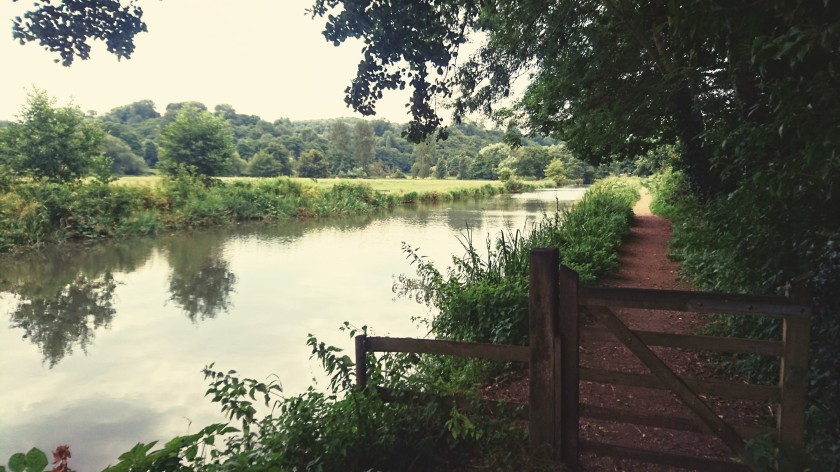
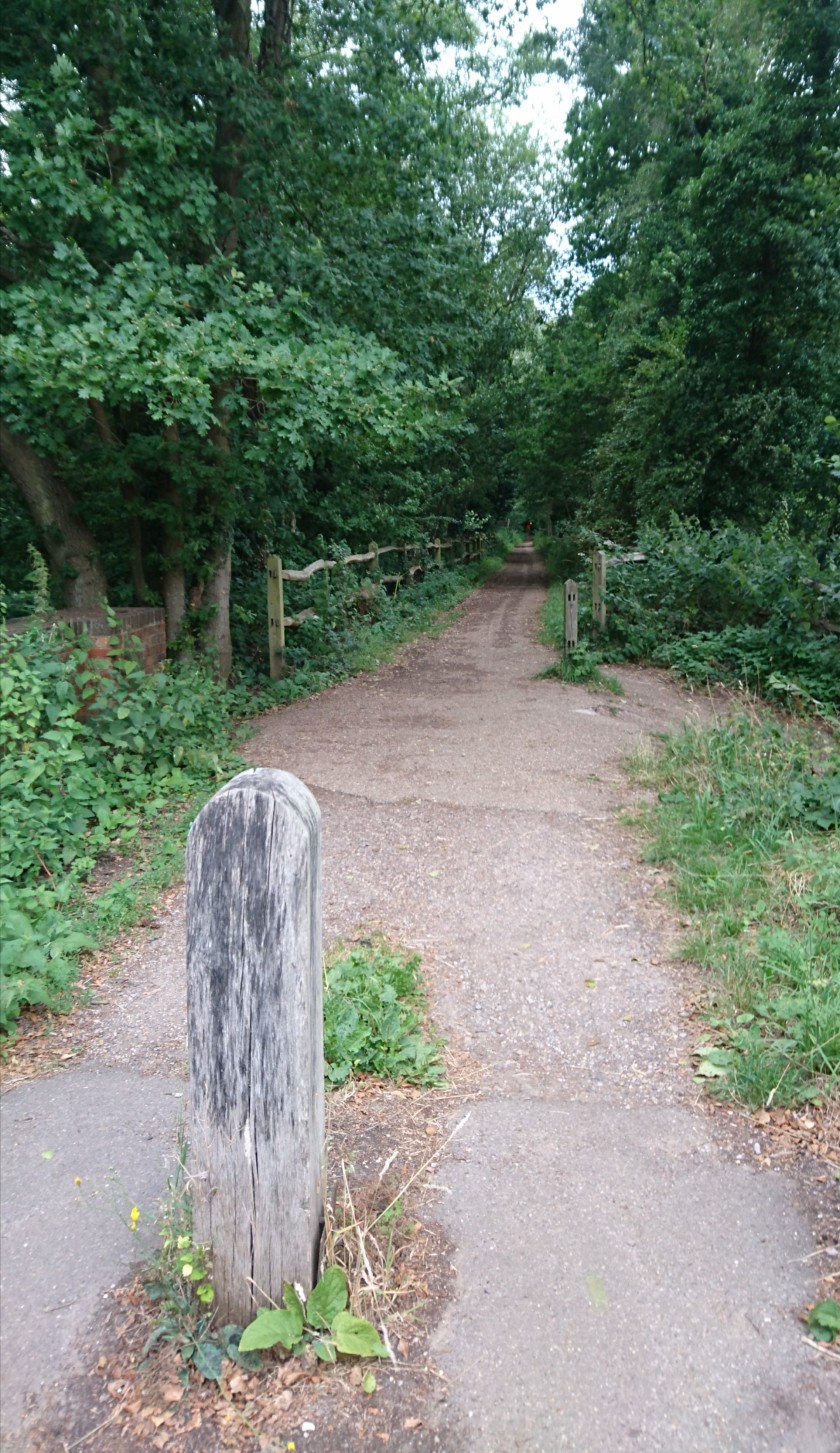
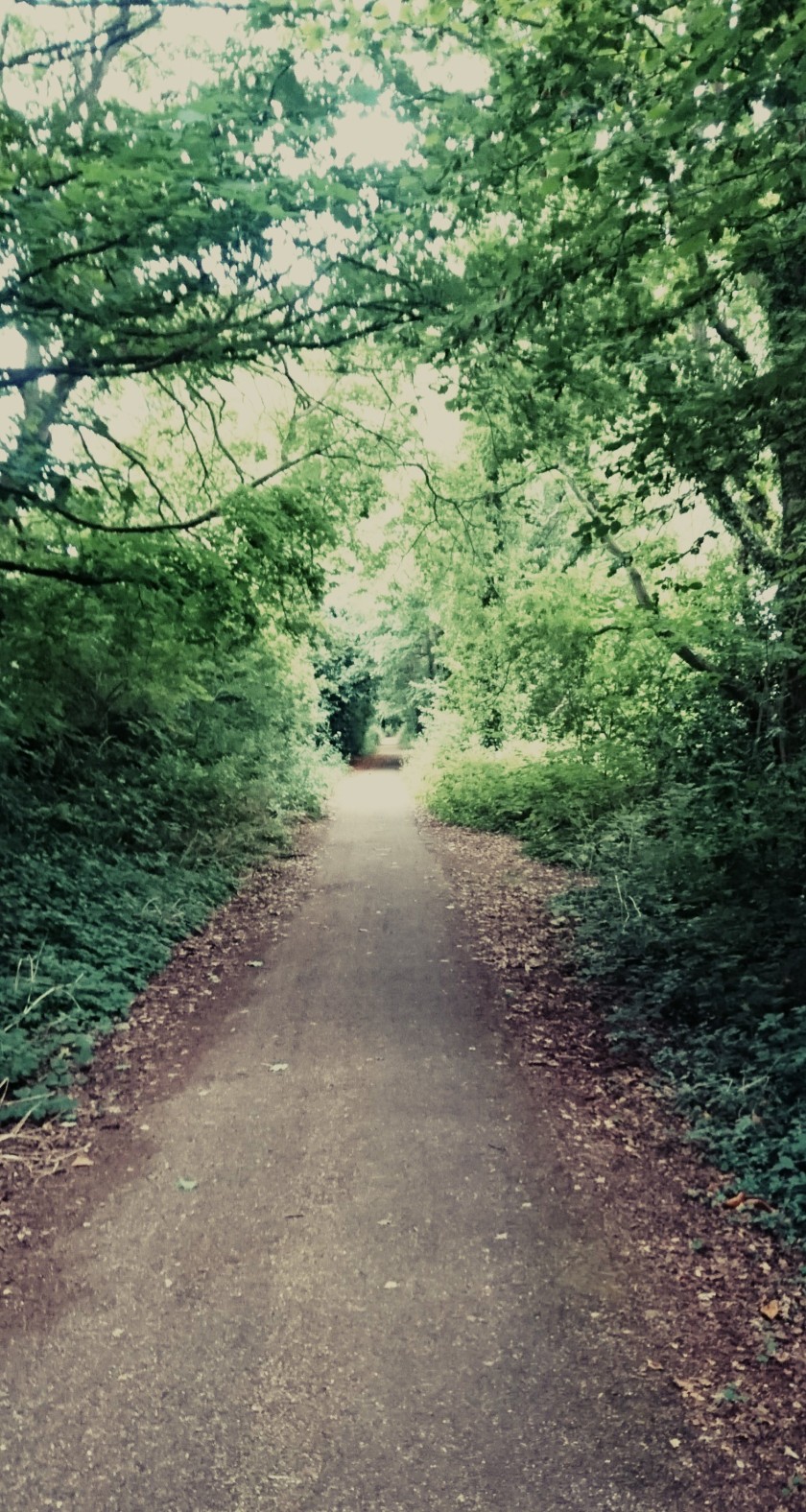
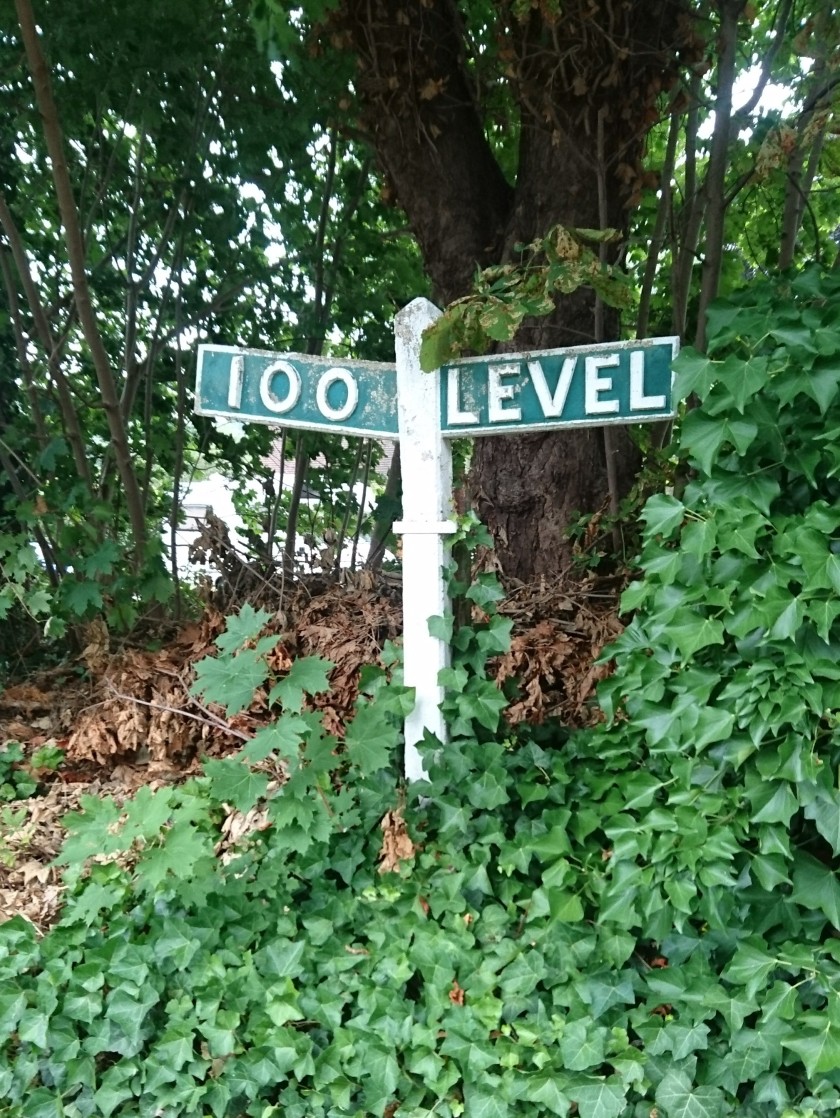
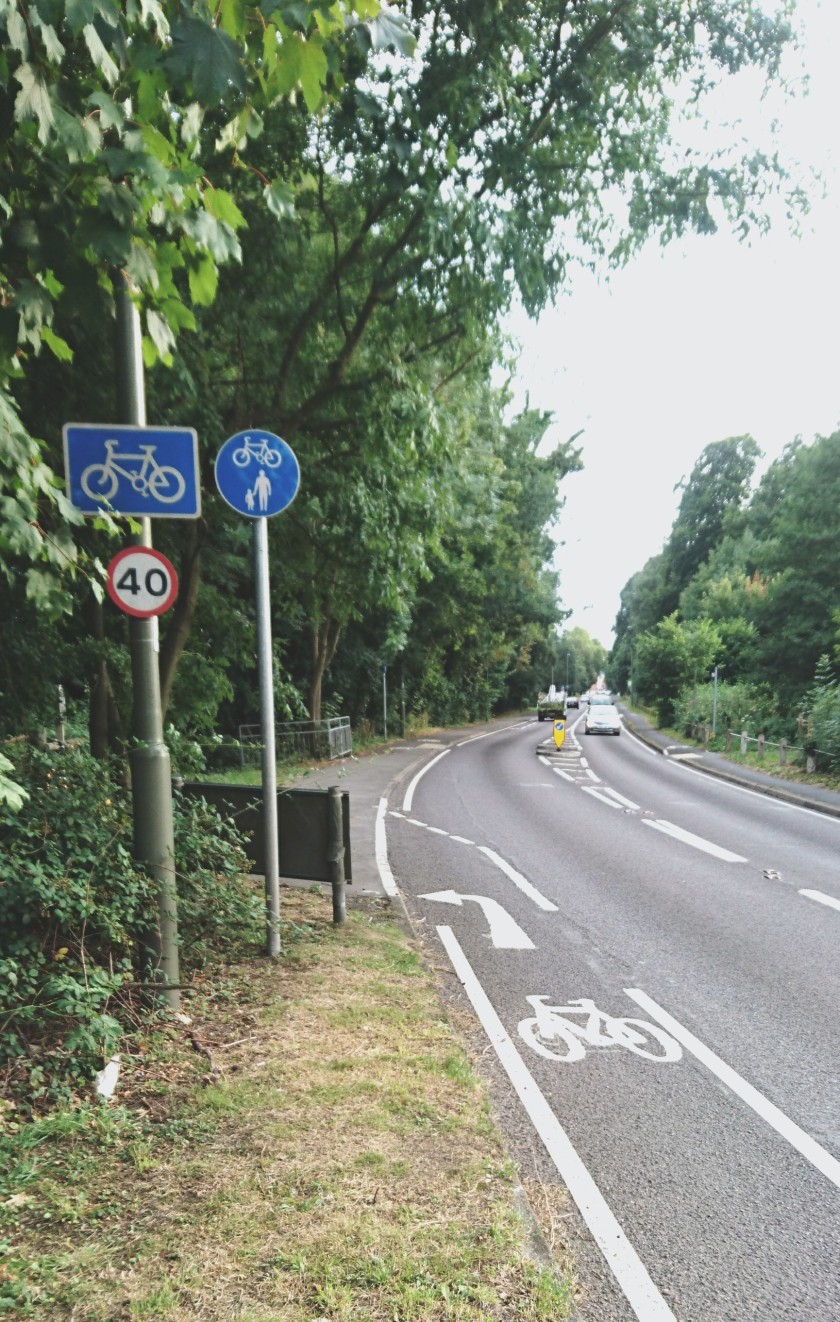
Meanwhile taxation receipts are squandered on renewing Trident and HS2. To the detriment of all?